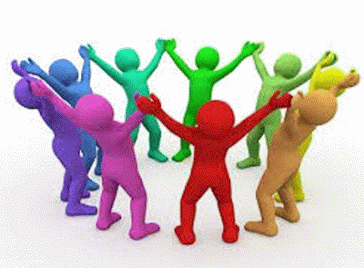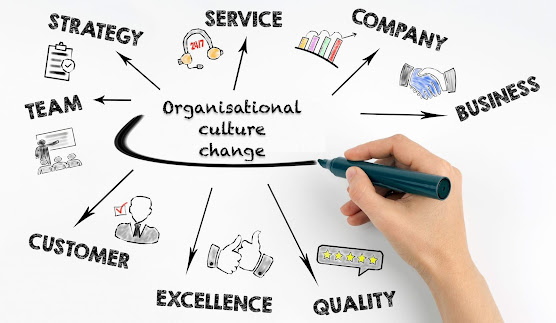The National own circle of relatives fitness survey offers records on populace,fitness and vitamins for India and one by one for every state.The predominant goal of this survey is to preserve a test on rising troubles on this area , putting benchmarks and checking development of fitness sector.It additionally offers effectiveness of on going programmes and want of recent programmes to be commenced with the aid of using authorities.
Health inequalities are variations in fitness reputation or in distribution of fitness assets among exceptional populace agencies.
The essential motive for fitness inequality is social aspect which includes education,profits level, employment reputation,the alternative is good value aspect in which there may be extensive disparity in fitness reputation of various profits agencies,and 0.33 is environmental aspect.
Here we gave records from NFHS-four which turned into held in yr 2015-sixteen and NFHS five held in 2020-21.In NFHS five their are many subjects of issue are introduced to survey which includes rest room facilities, disability,waist hip ratio,blood glucose,blood stress range, home violence and lots of more. Here we can evaluate remarkable, reasonable,or sluggish boom in a number of the regions given in survey .
Sanitation facility had stepped forward remarkably,easy gasoline facility has stepped forward reasonably,male woman ratio has long gone up marginally,use of net has visible high-quality climb,utilization of own circle of relatives making plans techniques has improved decently,maternal and baby fitness,baby vaccination has additionally stepped forward,youth illnesses remedy had stepped forward marginally. Nutritional reputation of youngsters and person each have a few development however anemia has now no longer visible any development. Blood sugar, Hypertension, Cancer screening is developing slowly. Women empowerment, gender primarily based totally violence has stepped forward marginally ,however utilization of tobacco merchandise has improved.
Although there are numerous authorities guidelines strolling however they appear to have sluggish effect in lots of regions of issue ,so right movements with consciousness on deprived agencies is needed with the intention to lower inequality.




















